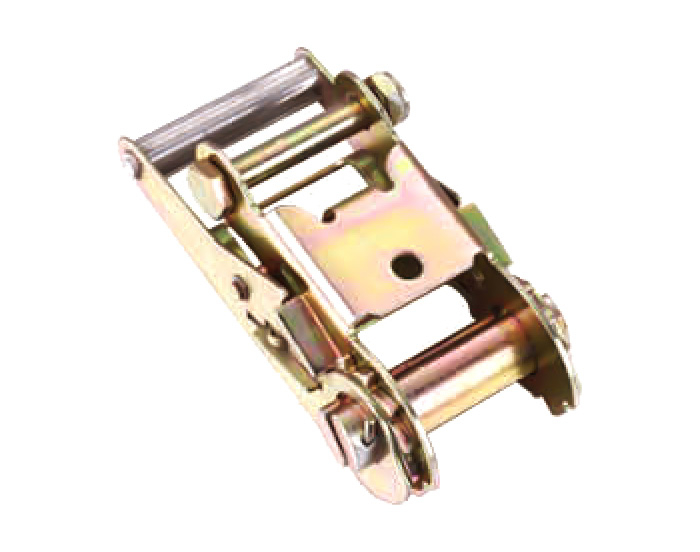If you do not use the ratchet buckle in your daily life, you will not be able to touch it, but it is very familiar to people who need to use it all year round. Whether it is a 1" ratchet buckle or a 2" ratchet buckle, this is commonplace. So everyone knows that the ratchet buckle is safe, let's talk about its structural characteristics.
The safety release structure of the ratchet buckle is composed of a main body and a handle connected with the shaft pivot. A sliding groove corresponding to the stopper of the handle is mainly provided on the main body, and the sliding groove rests on one of the recesses. The side is a guide slope. When the handle is turned to make the plug enter the chute, the convex part can push the lock to release the ratchet, and the belt body can drive the reaction force of the shaft and the ratchet to rotate its own tension. When the tension of the belt main body is released and the stopper engaged by the ratchet driver moves to the guide slope of the chute, it will synchronously drive the convex part to rotate so that it no longer abuts against the stopper, thereby making the hook again Engage with the ratchet. Limit the rotation of the shaft so that the shaft can only rotate a small angle at a time, so that the tension of the belt body can be released in sections, so as to achieve the effect of safely releasing the belt body.
The above are the structural features of the 2" ratchet buckle and ratchet safety release belt. Those who are interested can continue to learn more.




